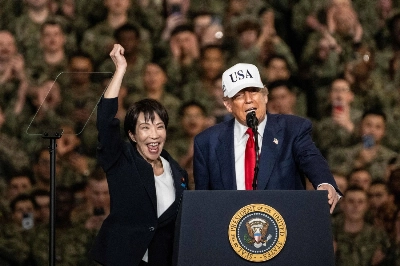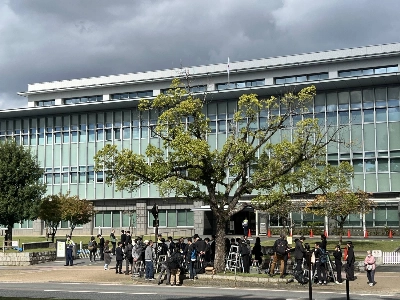In 1962, in order reverse a general decline in kabuki in Osaka, Kataoka Nizaemon XIII mobilized his three sons and a number of friends to independently stage their own performance. Osaka's kabuki world, after thriving during the first few decades of the 20th century, had lost its financial backing in Japan's postwar years and the number of actors had noticeably decreased. Encouraged by the success of the event, Nizaemon XIII gave four more performances of "Nizaemon Kabuki" in the following five years.
Born in Tokyo, but raised in Osaka until he was 6, Nizaemon XIII (1903-94) made his debut in Kyoto when he was only 2 years old. His father, Kataoka Nizaemon XI (1857-1934), first trained him in the gentle wagoto style popular in the Kyoto-Osaka region, before deciding, rather liberally, to send him to study in Tokyo under such distinguished actors as Ichimura Uzaemon XV and Matsumoto Koshiro VII, who practiced the bombastic aragoto style of acting developed in Edo.
Mastering both styles, Nizaemon XIII became a uniquely versatile actor, able to slip into a wide range of roles. In 1929, he was given the stage name of Kataoka Gato (the name that his oldest son now holds), before succeeding to the prestigious name of Kataoka Nizaemon XIII at age 48, and in 1972, he was conferred the Academy of Art award and designated a Living National Treasure.

















With your current subscription plan you can comment on stories. However, before writing your first comment, please create a display name in the Profile section of your subscriber account page.